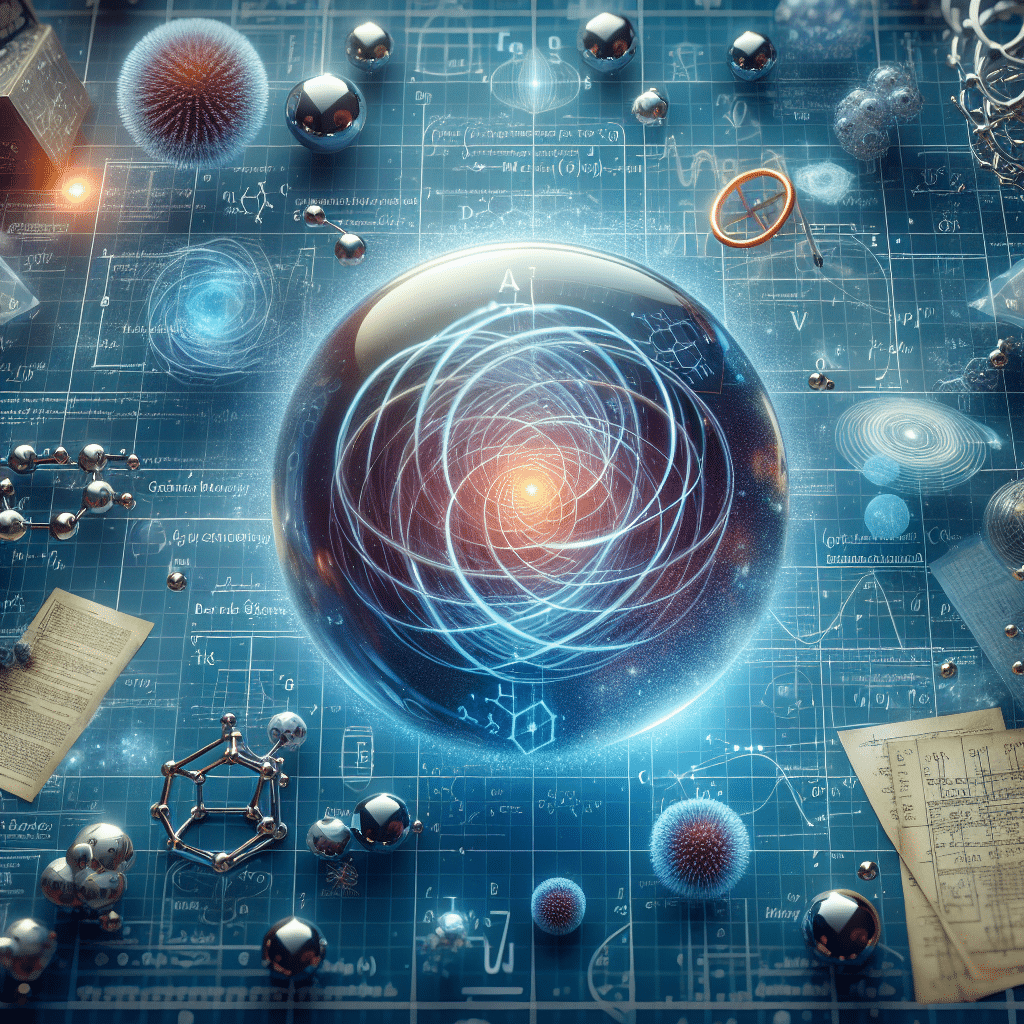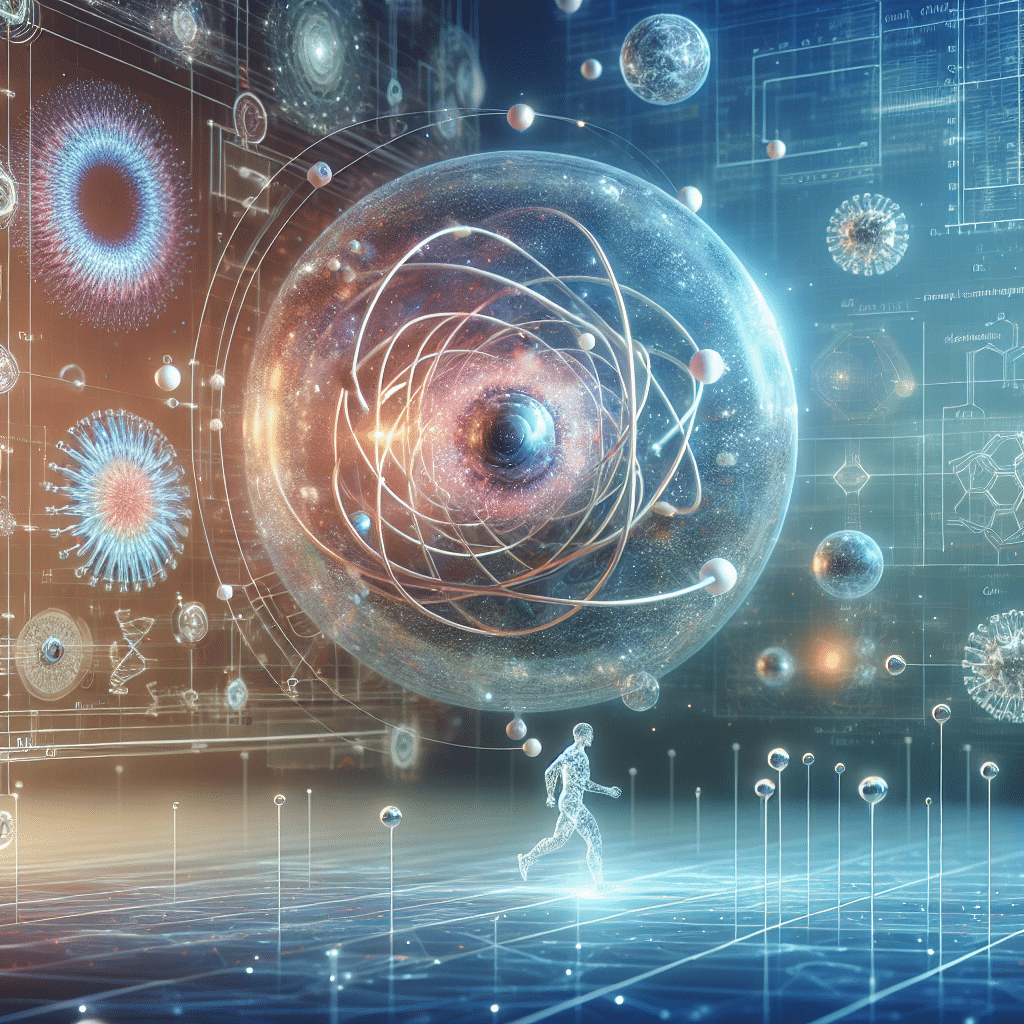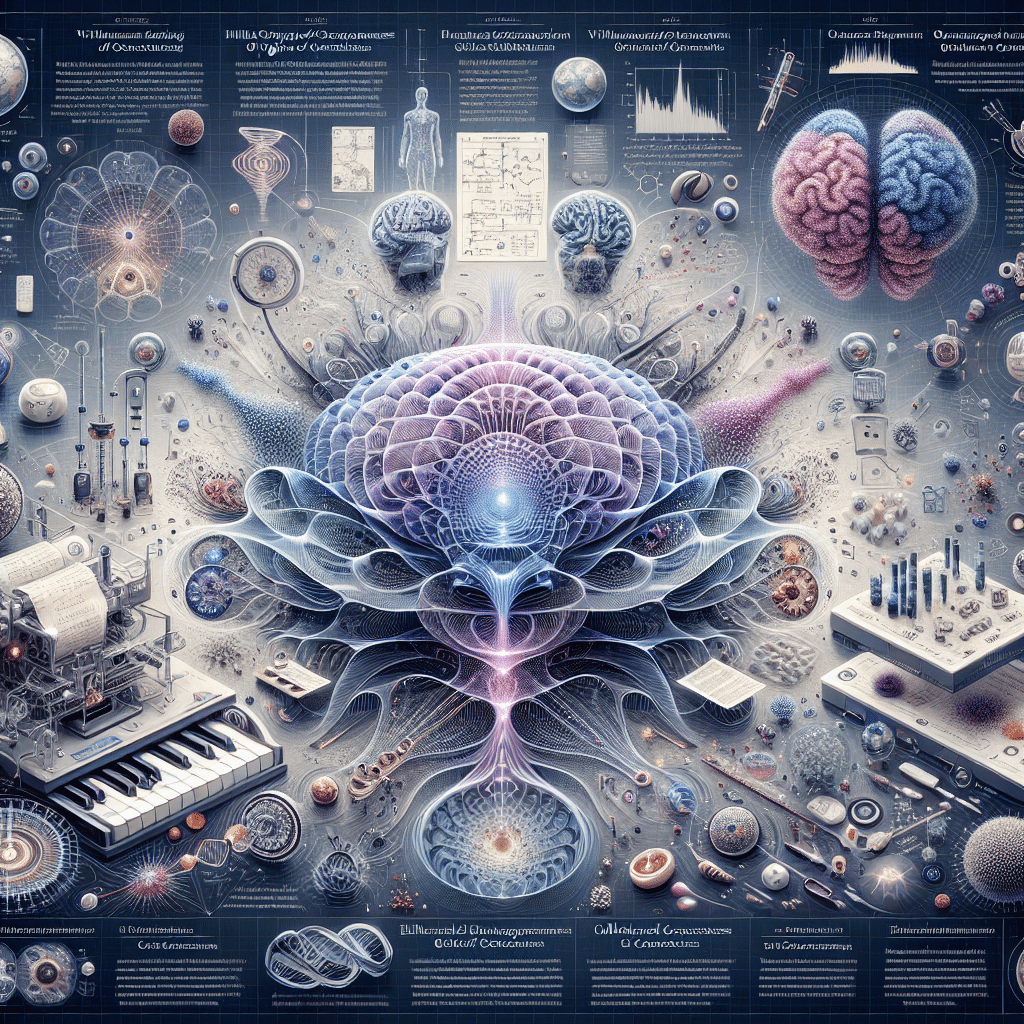Role of Dark Energy and Hidden Mass: A Groundbreaking Perspective from Bee Theory
Welcome to this in-depth exploration of a revolutionary approach to cosmology known as Bee Theory. In the standard model of the universe, we face two colossal mysteries: dark matter, the elusive substance that seems to bind galaxies together, and dark energy, the force driving the universe’s accelerated expansion. Together, they account for roughly 95% of the total mass-energy content of the cosmos, dwarfing the ordinary matter (the visible stars, gas, and dust) that comprises a mere 5%. Yet despite decades of intense research, the precise nature of these dark components remains unknown.
Bee Theory aims to address this cosmic conundrum through a wave-based interpretation of gravity, offering an alternative explanation for hidden mass phenomena and the accelerating expansion of the universe. By recasting gravity as an emergent property of underlying wave structures, Bee Theory unifies what conventional models treat as distinct domains—dark matter and dark energy—into one coherent framework. In this article, we will delve deeper into the fundamental concepts of dark matter and dark energy, then examine how Bee Theory reimagines these puzzles with a fresh scientific perspective.
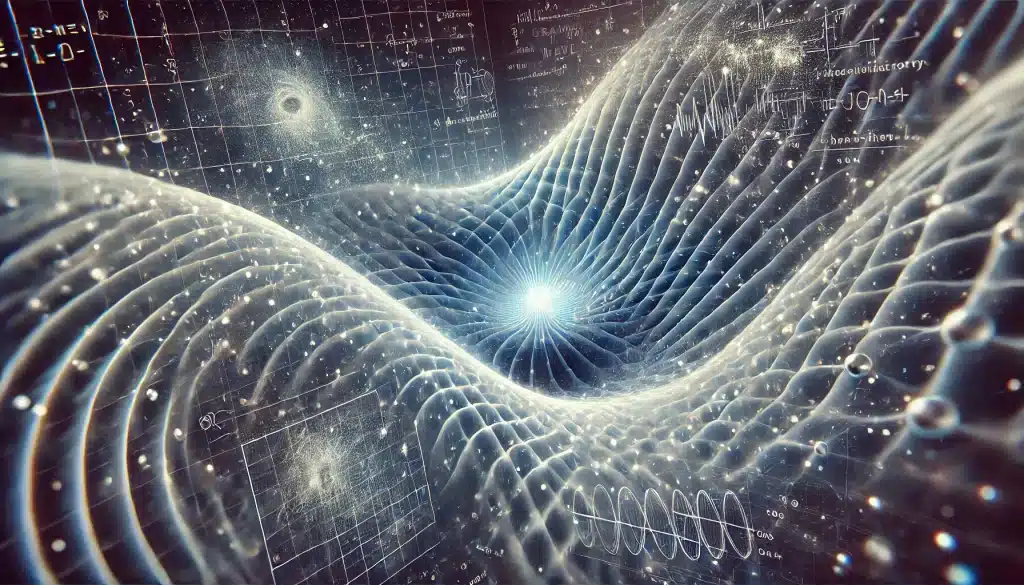
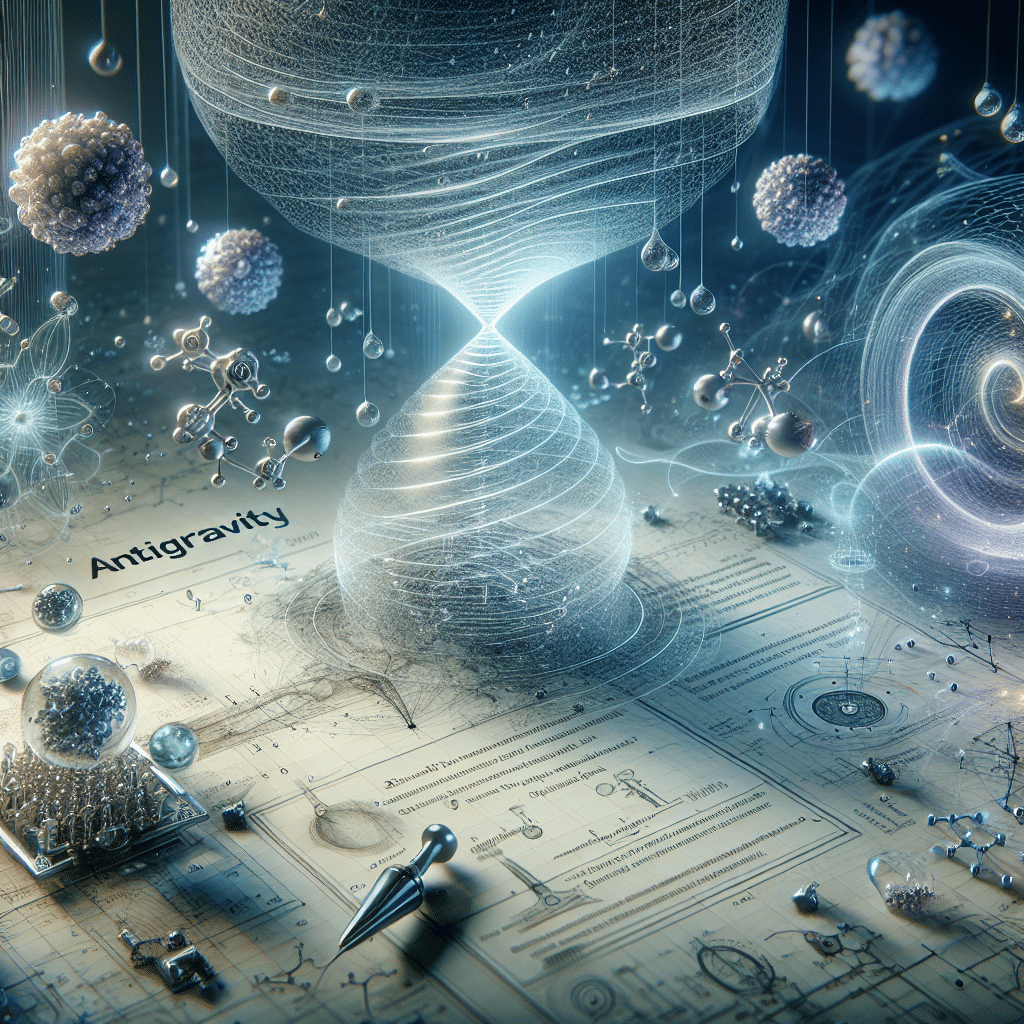
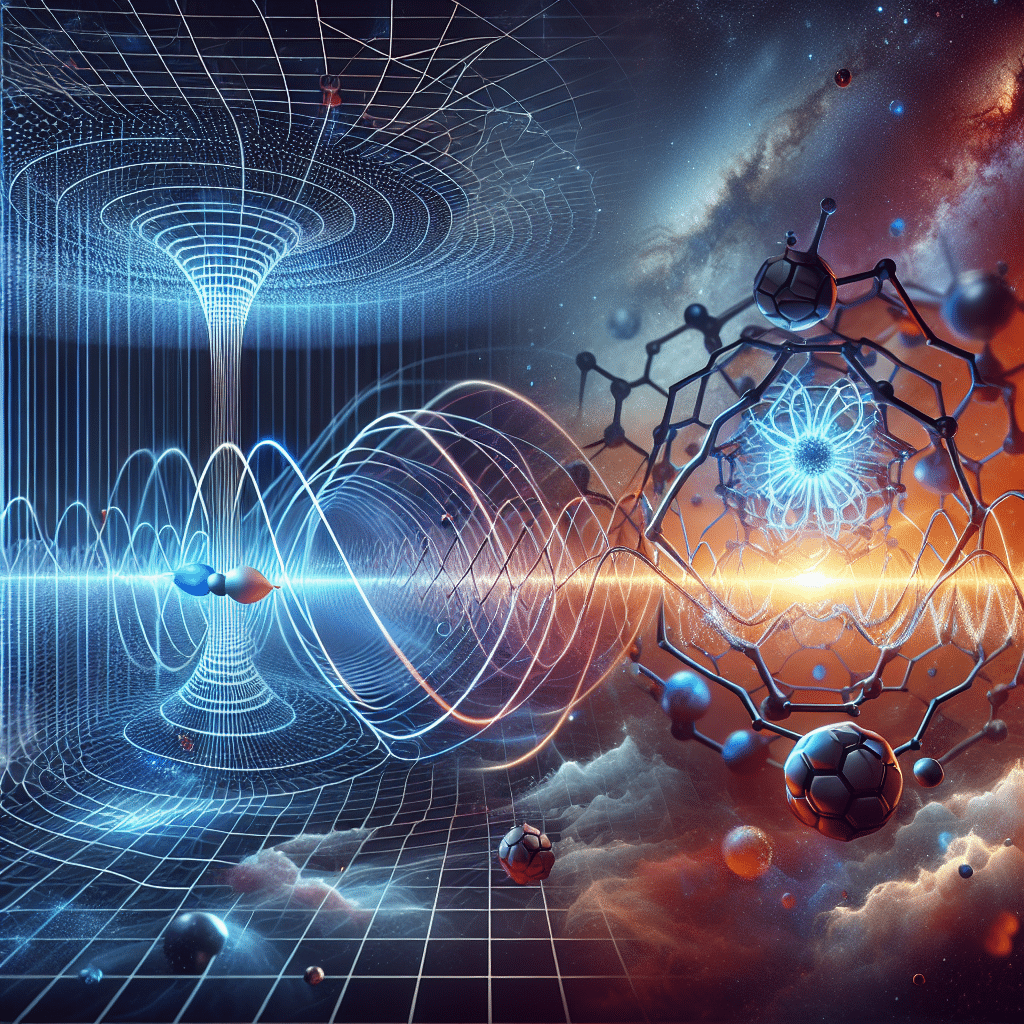
1. The Mystery of Dark Energy and Hidden Mass
1.1 Dark Energy: Driving Cosmic Acceleration
The discovery of dark energy shocked the scientific community in the late 1990s, when observations of distant Type Ia supernovae revealed that the universe’s expansion is accelerating rather than slowing down. The most common explanation involves a cosmological constant (Λ) in Einstein’s field equations—effectively a constant energy density permeating all of space. However, alternate models propose a dynamic field (often referred to as quintessence) or even modifications to general relativity itself.
Despite these efforts, burning questions persist:
- Why does dark energy dominate now?
Observations suggest dark energy was negligible in the early universe, yet it has become the driving force of cosmic expansion today. - Is dark energy a genuine energy component, or could it be a geometrical effect?
The cosmological constant might be just one manifestation of a deeper process related to quantum fields, vacuum fluctuations, or emergent gravitational phenomena.
From a broader standpoint, dark energy’s implications are profound: if it remains constant or grows, the universe will continue expanding at an accelerating pace, possibly ending in a scenario sometimes called the “Big Freeze.” Conversely, if it changes over time, the cosmic fate might be dramatically different, leading to outcomes such as a “Big Rip” or a “Big Crunch.” Understanding dark energy is thus key to mapping the universe’s ultimate evolution.
1.2 Dark Matter: The Hidden Mass Problem
While dark energy influences cosmic expansion on the largest scales, dark matter is crucial in explaining local gravitational effects, such as galaxy rotation curves and cluster dynamics. Astronomers observed that stars in the outer regions of galaxies orbit at unexpectedly high speeds, implying there is more mass present than what is seen as luminous matter. This discrepancy points to an invisible component—dark matter—that interacts via gravity but does not emit or absorb electromagnetic radiation.
Several contenders have been proposed:
- WIMPs (Weakly Interacting Massive Particles)
These hypothetical particles arise in extensions of the Standard Model of particle physics, such as supersymmetry. - Axions
Light, neutral particles that could also solve certain problems in quantum chromodynamics. - Modified Gravity (e.g., MOND, Emergent Gravity)
Alternative theories suggest that our current understanding of gravity is incomplete, thus mimicking the appearance of additional mass.
Despite extensive searches, direct detection of dark matter has yet to be achieved, leading scientists to wonder whether something more fundamental is at play. Enter Bee Theory, which proposes that wave-based gravitational interactions could naturally account for the missing mass problem, without invoking exotic particles.
2. The Bee Theory: A Wave-Based Interpretation of Gravity
Bee Theory departs from the view of gravity as a purely geometric curvature of space-time (as in Einstein’s General Relativity) or as a force carried by hypothetical gravitons (as in quantum gravity approaches). Instead, it posits that gravity emerges from undulating field structures, producing wave-like interactions that manifest as gravitational effects.
2.1 Gravity as an Emergent Wave Phenomenon
In Bee Theory, space-time itself hosts oscillatory modes that continuously interact, creating constructive and destructive interference patterns on multiple scales. These oscillations shape how mass and energy distribute themselves, leading to the large-scale structures we observe in galaxies, galaxy clusters, and the cosmic web.
Key implications for cosmology:
- Dark Matter as a Wave Interference Effect
Rather than invoking invisible particles, Bee Theory suggests hidden mass could arise from wave reinforcement. Regions of constructive interference amplify the gravitational pull, making galaxies appear more massive than they otherwise would. - Dark Energy as a Wave Dispersion Phenomenon
On vast cosmic scales, wave interactions could lead to an effective repulsive force, accounting for the accelerating expansion typically attributed to dark energy.
This approach allows Bee Theory to unify the concepts of dark matter and dark energy, seeing them as two facets of the same wave-based gravitational mechanism, rather than unrelated components in the universe.
2.2 Hidden Mass as a Wave-Induced Effect
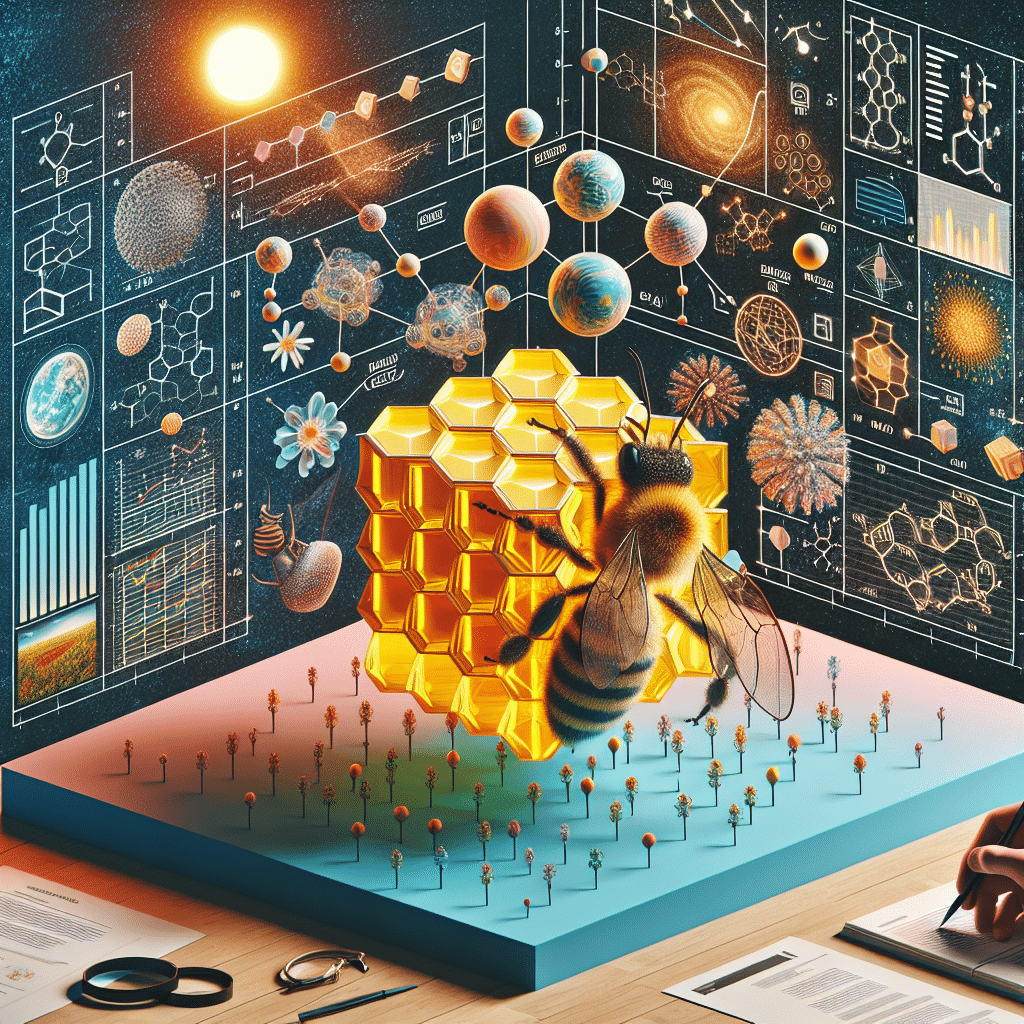
A central prediction of Bee Theory is that the extra gravitational effects we attribute to dark matter arise from coherent wave patterns in the cosmic medium.
- Galaxy Rotation Curves
Constructive interference could strengthen the net gravitational force in galactic halos, matching the observed rotation curves without needing unseen particles. - Gravitational Lensing
When light travels through these wave-rich regions, lensing measurements could be influenced by shifting interference patterns rather than actual dark matter clumps.
This wave-based approach may also provide a simpler explanation for several puzzling observations, such as “missing satellite” problems or “core-cusp” issues in galaxy halos. If wave dynamics change over cosmic time or environment, the gravitational signatures would adjust accordingly, creating the varied behavior we detect in different regions of the universe.
3. Reconciling Dark Energy and Dark Matter within Bee Theory
3.1 Unification Through Wave Dynamics
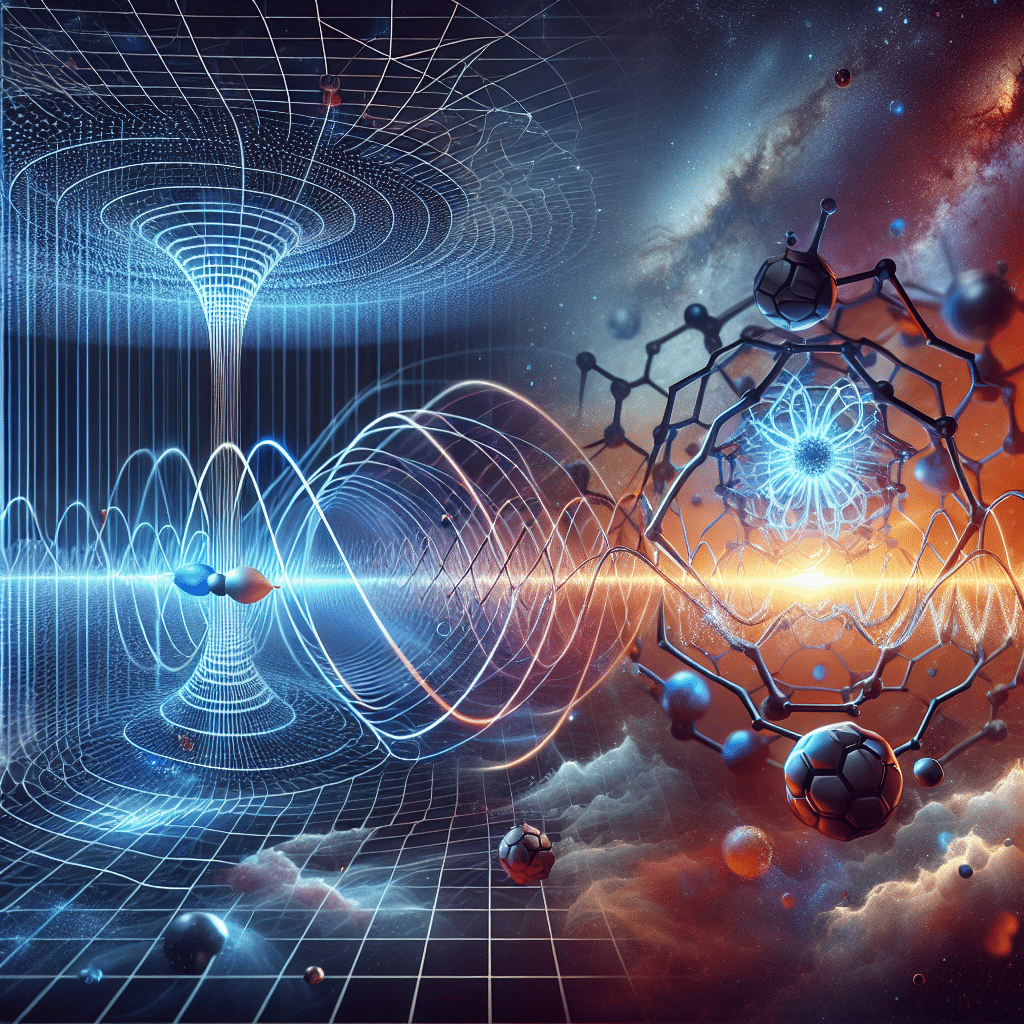


A striking advantage of Bee Theory is its natural unification of dark matter and dark energy:
- Galactic Scale—Dark Matter Effects
At smaller cosmic scales (galaxies, clusters), coherent wave interference produces the extra gravitational pull that holds these structures together. - Cosmic Scale—Dark Energy Effects
Over vast, intergalactic distances, wave dispersion and phase shifts lead to an effective repulsion, mimicking an accelerated expansion.
In doing so, Bee Theory bypasses the need to split the universe’s “dark sector” into two fundamentally different entities. Instead, a single wave-based gravitational mechanism manifests differently depending on the scale and coherence of the underlying wave patterns.
3.2 Experimental Tests and Observational Prospects
Testing Bee Theory requires refined observations and experiments that can distinguish wave-based gravitational signatures from particle-based or purely geometric models:
- High-Resolution Galaxy Rotation Curves
Detailed mapping of rotation speeds at various radii, combined with advanced simulations, could reveal telltale patterns consistent with wave interference. - Gravitational Lensing Anomalies
Precise lensing measurements in galaxy clusters and around massive objects might expose phase-dependent variations predicted by Bee Theory. - Cosmic Microwave Background (CMB) Analysis
Subtle changes in the CMB anisotropy patterns may emerge if wave-driven effects alter the evolution of density fluctuations in the early universe. - Advanced Gravitational Wave Surveys
As gravitational wave detectors (like LIGO, Virgo, and future observatories) become more sensitive, they might detect signals consistent with or supportive of wave-driven gravity.
By comparing these observations with the predictions of Bee Theory, researchers can evaluate its viability as a unified explanation for both dark matter and dark energy phenomena.
4. The Larger Context: Implications and Challenges
4.1 Connection to Quantum Field Theories
The idea of emergent phenomena resonates with many frontier research areas, including quantum field theory, string theory, and quantum gravity. Although Bee Theory has a unique emphasis on wave coherence, it shares a common theme with efforts that see gravity not as a fundamental force but as a macroscopic manifestation of deeper, quantum-level structures.
4.2 Potential Theoretical Hurdles
- Mathematical Rigor
Any wave-based cosmological model must be backed by a robust mathematical framework that can reproduce key successes of Einstein’s General Relativity. - Consistency with Particle Physics
Should experiments eventually discover a dark matter particle, Bee Theory would need to incorporate—or compete with—these findings. - Scalability
Bee Theory must consistently describe gravitational phenomena from sub-galactic scales to the largest cosmic structures, ensuring predictions align with a wide range of observational data.
Despite these challenges, the pursuit of new ideas is exactly what drives science forward, especially in a field as incomplete and dynamic as cosmology.
Charting a New Course for Cosmic Understanding
Dark matter and dark energy remain monumental puzzles, prompting researchers worldwide to look beyond conventional theories. Bee Theory offers a trailblazing viewpoint—treating gravity as a wave-based phenomenon capable of explaining both the hidden mass problem and the universe’s accelerating expansion under a single theoretical umbrella.
By envisioning the cosmos as woven from oscillatory field structures, Bee Theory proposes that what we label as “dark matter” might be an outcome of constructive interference at galactic scales, while “dark energy” arises from wave dispersion across the cosmos. This holistic perspective not only streamlines our understanding of dark components but also suggests testable predictions—a crucial step in any credible scientific theory.
As future astrophysical surveys, gravitational wave detectors, and high-precision cosmological measurements become increasingly sophisticated, they may provide the data needed to confirm or refute Bee Theory’s claims. If validated, Bee Theory could transform our understanding of space, time, and the fundamental nature of reality, offering a unified framework where previously disconnected cosmic mysteries converge in a single, elegant explanation.
For those searching for a fresh approach to the dark sector, Bee Theory stands as a bold contender—lighting a path toward solving some of the most perplexing riddles in modern physics. Whether it ultimately stands or falls, its central insight underscores a timeless principle in scientific inquiry: the deepest breakthroughs often emerge when we dare to rethink our most basic assumptions.
